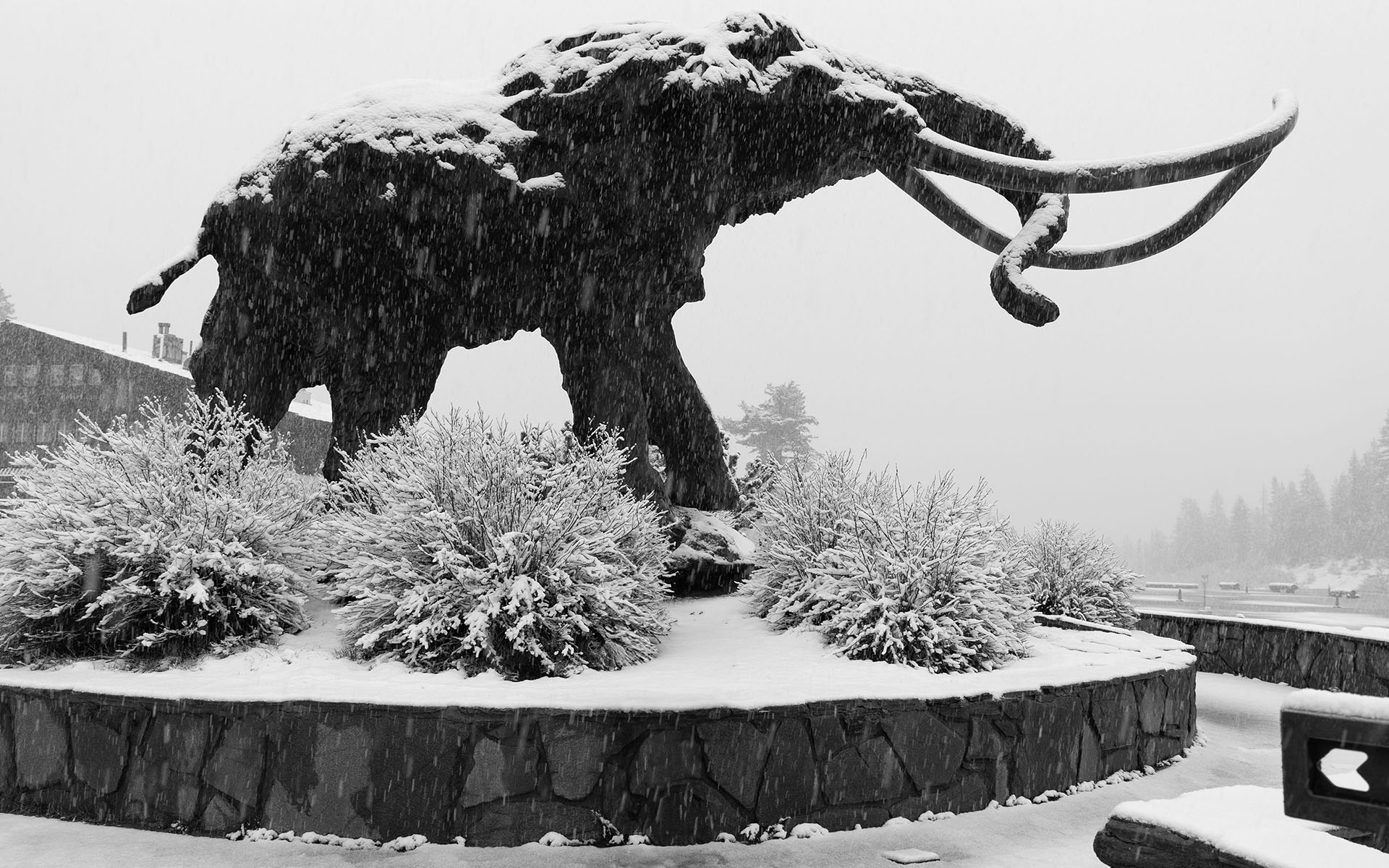The Elephant in the Brain

In the face of danger, human cognition is time-consuming and expensive. When the tall grass of the African Savanna rustled, those who deliberated got eaten. Those who ran away survived.
Simple as it sounds, this tiger-in-the-grass vignette forms the basis of the "human factors" model of human behavior. Faced with new and/or ambiguous circumstances, our minds default to systematic and automatic patterns of thought as an evolved response.
We call these reactive thought-patterns "heuristics"—mental shortcuts that evolved to ensure our survival.
In modern contexts, overwhelmingly, there is no tiger, and so these cognitive biases are often mismatched to our present-day environment. We react as if we're in danger when no threat is present.
And also, of course, the reverse.
Daniel Kahneman's 2013 bestselling Thinking Fast and Slow, based on his groundbreaking research with Amos Tversky, explores how our brains' reliance on heuristics tends to get us in trouble. The book also offers practical tips on how to shift to "slower" ways of thinking.
You might think of it as the "human factors" bible.
Kahneman and Tversky's work figures heavily in the core curriculum of present-day avalanche education programs like the AIARE sequences, which have themselves evolved to include a focus on the perils of heuristic-based decision making.
And yet, the pattern remains.
Even with human-factors education, avalanches continue to claim lives because avalanche victims continue to display what looks, in hindsight, like irrational behavior.
We might conclude, rather pessimistically, that a human-factors approach to backcountry safety was always doomed because, no matter what, you've still got a human in the equation.
But what if Kahneman and Tversky's research was built on a flawed premise?
The tiger-in-the-grass model says humans evolved big brains to help us survive predation. But what if that's mistaken? What if our brains actually evolved to meet a very different challenge?
Kevin Simler and Robin Hanson's 2017 book, The Elephant in the Brain, gives us a radically different explanation for why humans have such large brains—and their answer might just explain avalanche fatalities in a way the human-factors model alone cannot.
Simler and Hanson's premise is that our brains evolved to meet the immensely complicated challenge of navigating human status hierarchies. The winners of those social status competitions got to reproduce—and that is Mother Nature's ultimate goal.
Not mere survival.
So let us now revise our original savanna model to incorporate Hanson's insight: the one who taunts the tiger is the one who gets to reproduce.
Viewed in that light, do avalanche fatalities suddenly make a bit more sense?
One of the more provocative claims in the Simler/Hanson book is that to successfully win status, we must disguise our behavior, lest our fellow humans band together and target us for striving.
And what better way to disguise our motivation than to hide it from ourselves?
In other words:
Our brains evolved to be experts in deceiving themselves.
So go learn your snow science and practice your beacon rescues; read up on those avalanche forecasts. Memorize the list of cognitive biases that Kahneman and Tversky so famously identified. If Simler and Hanson are right, your brain will employ all of it as tools to win status.
And you won't even know you're doing it.
***
Up next, to contend with the implications of a Hansonian-Kahenmanian paradigm, we will turn to a little Buddhism—plus a fascinating third-wave Cognitive and Behavioral therapy called ACT.
— January 5, 2024
Andy Lewicky is the author and creator of SierraDescents